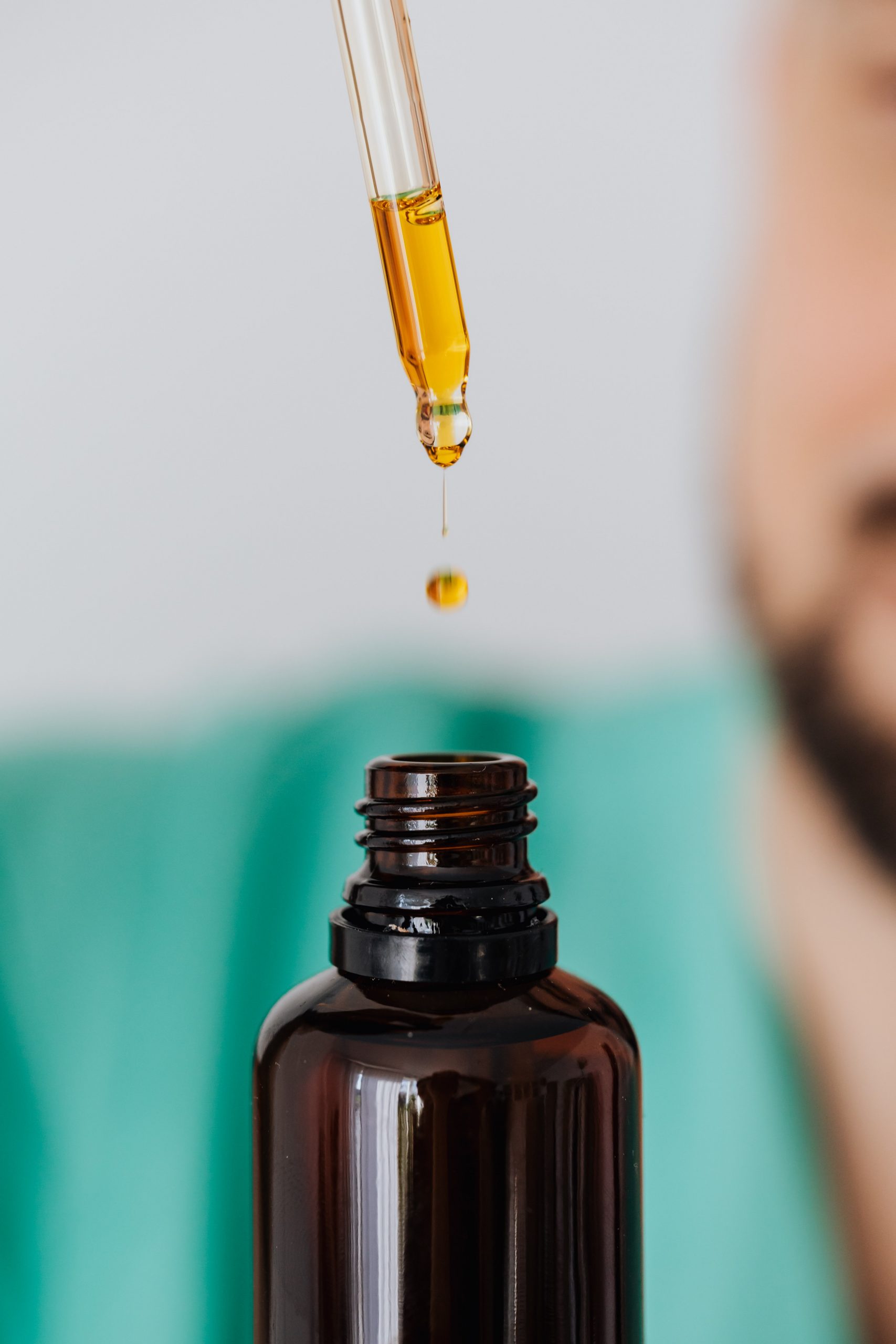What Is CBDA?
The hemp plant contains more than 100 cannabinoids, alongside terpenes, flavonoids, and other compounds. CBDA, or cannabidiolic acid, is one of the many cannabinoids found in it. It is often described as the precursor of CBD, as CBD is what you get after heating CBDA.
For years, CBDA was neglected as researchers focused on CBD instead. Only recently has the medical community turned its attention to CBDA.
What is CBDA?
CBDA is found in the raw hemp flowers when they are picked. If you eat raw hemp flowers, then you are taking in the benefits of CBDA. Many consumers choose to take CBDA by adding raw hemp flowers to their smoothies, salads, or other dishes.
The usual process of extracting CBD is to take the raw hemp flowers and process them through a heat-based extraction process called decarboxylation to produce CBD. The moment CBDA is heated, it turns into CBD. This is the reason why CBDA is often called the precursor or mother of CBD.
Why Was CBDA Overlooked?
Historically, the medical community had overlooked CBDA for two main reasons:
- The most common CBD extraction processes are CO2 extraction and ethanol extraction. Both use heat during the process, as do most extraction techniques. Heat immediately turns CBDA into CBD, thus complicating the production of pure CBDA.
- Secondly, initial studies on CBDA showed that it doesn’t interact directly with the human endocannabinoid system. This led scientists to dismiss CBDA as a potential future medicine, as they could not understand how CBDA could be beneficial.
Nowadays, we can study CBDA much more easily, thanks to cryo-extraction. This new processing method extracts CBDA from the hemp plant without using any heat.
Also, recent studies have shown that CBDA could be beneficial as an anti-inflammatory, anticonvulsant, anti-nausea, and antidepressant agent. This has led to an increase in CBDA research.
Possible Benefits of CBDA
CBD works by interacting with the endocannabinoid system in the human body. As a result of this interaction, our body seems to use human cannabinoids in an improved manner.
CBDA, however, works differently than CBD. Instead of binding to endocannabinoid receptors, it bypasses the endocannabinoid system altogether. CBDA appears to act directly on particular molecules and receptors of the human body.
CBDA for Inflammation
As a result of its interaction with particular receptors, CBDA has been found to have potential anti-inflammatory qualities. Specifically, CBDA’s behavior is similar to Non-Steroidal Anti-Inflammatory Drugs (NSAIDs).
NSAIDs are medicines that people commonly take to treat inflammation. They target the COX-2 enzymes, which are responsible for producing inflammation.
In a 2008 study, researchers found that CBDA interacts with the same inhibitor as NSAIDs to tackle inflammation. Considering that NSAIDs have often significant side-effects, the medical community is keen to examine how CBDA could potentially reach similar levels of healing without the unwanted side-effects.
CBDA for Anxiety and Depression
Over 17 million adults in the US, or over 7% of all adults, had at least one episode of depression in the past year, according to research. However, antidepressant medication has serious side-effects, such as nausea, drowsiness, and building tolerance.
CBDA may help with anxiety because it directly activates the receptor responsible for anxiety and well-being. Specifically, CBDA attaches to the 5-HT1A serotonin receptor, which is involved in feelings of anxiety and depression.
A 2018 study found that CBDA works in a similar way as selective serotonin reuptake inhibitor (SSRI) antidepressant medication. For scientists looking for better ways to treat anxiety and depression, this is exciting news, as it brings them one step closer to developing effective anti-depressants with fewer side-effects and no tolerance-building.
CBDA for Nausea
A study undertaken in 2013 showed that CBDA interacts with the receptors that cause nausea and vomiting, particularly the 5-HT1A serotonin receptor. This is great news for people suffering from chemotherapy-related nausea, as CBDA may be able to reduce their symptoms.
CBDA for Epilepsy
The FDA has already approved a CBD-based drug called Epidiolex. Epidiolex has proven helpful with some rare cases of children’s epilepsy.
A 2017 study examined the effectiveness of cannabinoids in the treatment of epilepsy. The study included CBDA and found that CBD in conjunction with CBDA could work more effectively.
This is an avenue worth exploring, as it suggests ways to improve the effectiveness of medication like Epidiolex. Tellingly, the pharmaceutical company that manufactures Epidiolex has also secured a patent for CBDA as a possible treatment of epilepsy.
CBDA’s Bioavailability
There is great interest regarding the possible enhanced bioavailability of CBDA compared to CBD. A 2013 Canadian study found that “CBDA potently reduced conditioned gaping in rats, even at low doses, and enhanced the anti-nausea effect”.
Improved bioavailability means that lower doses of CBDA would be required to achieve the same results. It also means that your body can utilize CBDA better and more effectively than CBD.
To improve bioavailability, FluxxLab™ offers emulsified CBDA products. Emulsification encapsulates CBDA molecules in droplets of water, thus making CBDA water-soluble. This greatly enhances bioavailability. It also makes CBDA easier to consume, since you can just add a few drops to your drink.
Conclusion
CBDA—the precursor of CBD—is one of more than 100 cannabinoids present in the hemp plant.
When combined with CBD, CBDA appears to improve the effectiveness of both cannabinoids, therefore leading to a valuable entourage effect.
Research suggests that CBDA may possess anti-inflammatory, anticonvulsant, anti-nausea, and anti-depression qualities. While the initial findings look promising, further research is required to determine possible side-effects, interaction with medication, counter-indications, dosology, etc.
To extract CBDA, a cryo-extraction process is required to avoid decarboxylation. This process, followed by FluxxLab™, maintains CBDA’s inherent qualities.
Consumers purchasing CBDA should make sure they are buying CBDA from a reputable American company that displays its certificates of analysis and clearly labels the ingredients of its CBDA products.
Find out how FluxxLab™’s products with CBD and CBDA can improve your life!


I have been using cbda for a while now, never tried dabbing it.